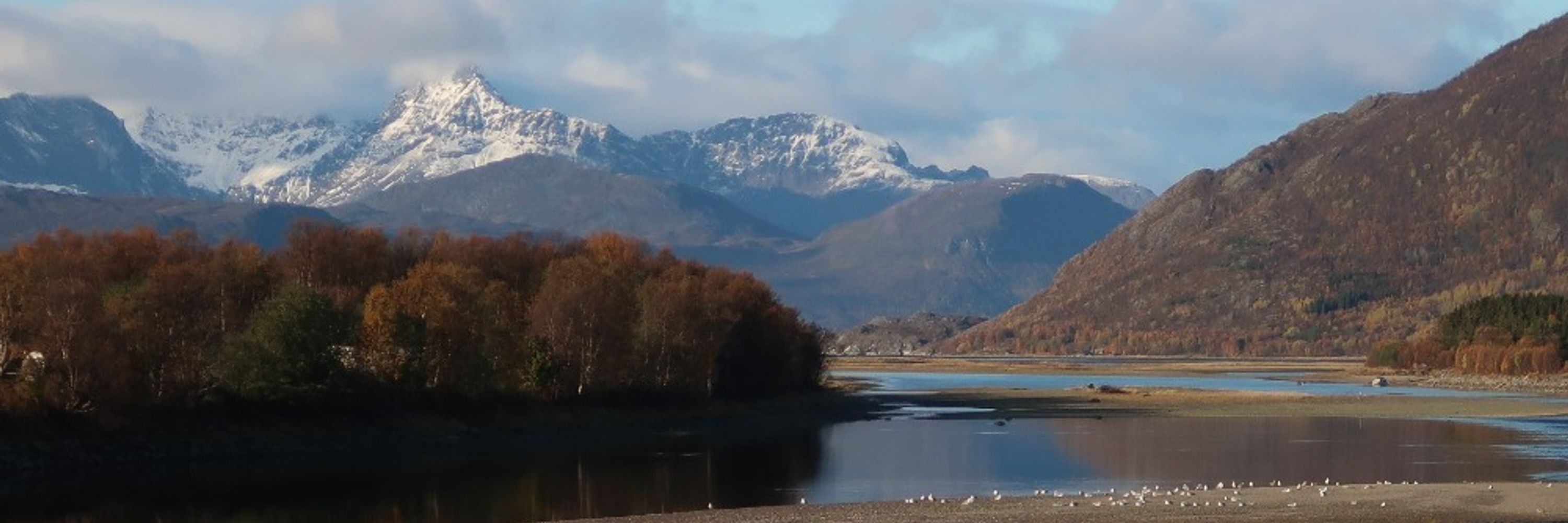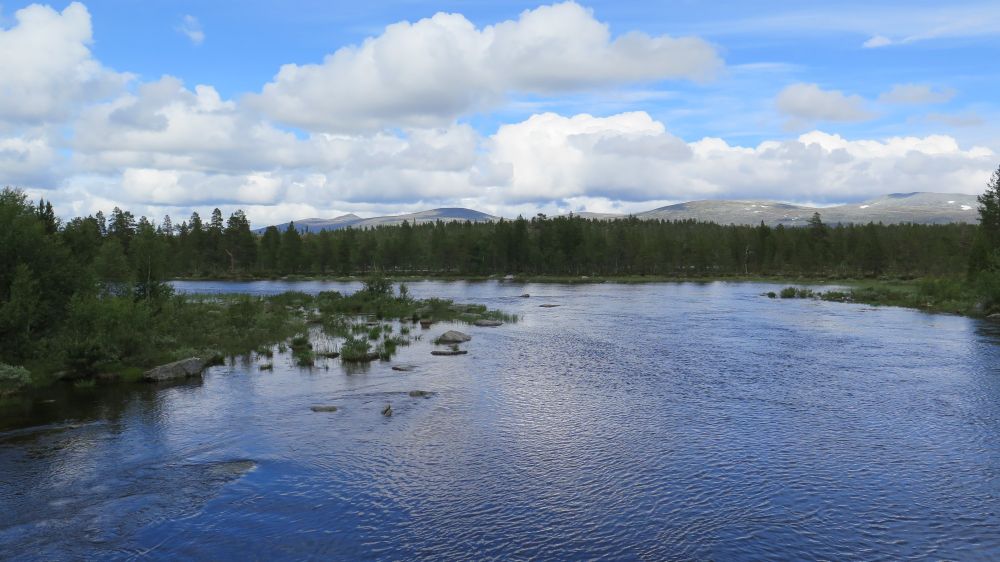
Norwegian Institute for Nature Research (NINA)
UiT The Arctic University of Norway





New publication in Nature presents the largest global assessment of freshwater animals on the IUCN Red List to date. More than 23 000 species assessed! www.nature.com/articles/s41...

New publication in Nature presents the largest global assessment of freshwater animals on the IUCN Red List to date. More than 23 000 species assessed! www.nature.com/articles/s41...








Register before 1 Dec
MSc uit.no/utdanning/em...
PhD uit.no/utdanning/em...

Register before 1 Dec
MSc uit.no/utdanning/em...
PhD uit.no/utdanning/em...


Warming temperatures may be fueling increased pink salmon production at their northern distributional extent both in the Pacific and Atlantic/Arctic.

Warming temperatures may be fueling increased pink salmon production at their northern distributional extent both in the Pacific and Atlantic/Arctic.


